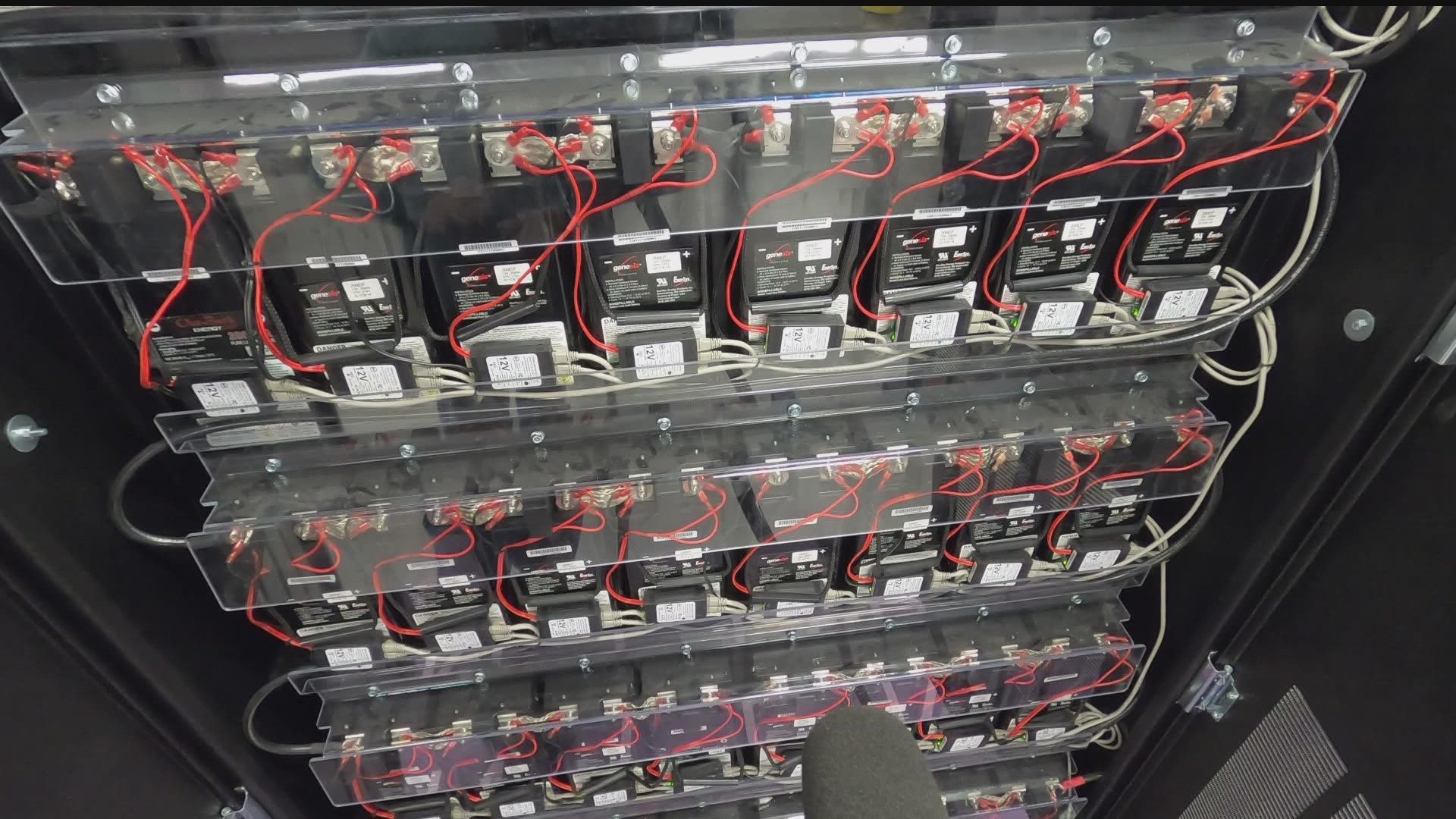ST PAUL, Minn. — Storms like Hurricane Ian can leave people in the dark for days, weeks and even months. But researchers at the University of St. Thomas are studying a new way to get the power back up and running faster.
A research facility unlike anywhere else hides underground at the School of Engineering run by Dr. Mahmoud Kabalan, assistant professor and director of the Center for Microgrid Research.
"You're looking at a state-of-the-art facility," said Dr. Kabalan.
Founded in 2019, he studies microgrids at the research center. Microgrids are small, self-contained energy networks that can be run on-site. Dr. Kabalan says they're more reliable than central or state power grids, like the one in Texas that went down during a winter storm last year, leaving millions without electricity and hundreds of people died.
"A microgrid is much more than simply a standby system or an emergency system," Dr. Kabalan said. "A microgrid can be your home, can be a hospital, can be university campus or can be even a neighborhood."
The bigger the facility, the higher the cost that can run into the millions of dollars.
The one on the UST campus will eventually power up to five buildings, including a new one going up across the street that will house mathematics, science and technology. The microgrid's run by several energy sources including solar and batteries.
"These might look like your car battery, but they're actually five to 10 times larger," Dr. Kabalan said. There are 40 batteries in four different cabinets spread across the facility. Each cabinet could power an average home up to 45 days.
Tesla Inc. is already selling the new technology, and its electric vehicle are able to charge these batteries. Called a "power wall," the batteries and installation could cost about $25,000 and power a home up to 48 hours.
Dr. Kabalan says the pay-off is using renewable resources to create a more sustainable future.
"There's a really good justification for investing in technology like this because, again, if a hospital loses power, you're looking at potentially loss of life, but as the technology matures and prices go down, it will become more and more like something we don't really think about," Dr. Kabalan said.
Dr. Kabalan was recently awarded a $5 million grant, one of the largest in the UST's history, to further expand his work.
Watch more local news:
Watch the latest local news from the Twin Cities in our YouTube playlist:

